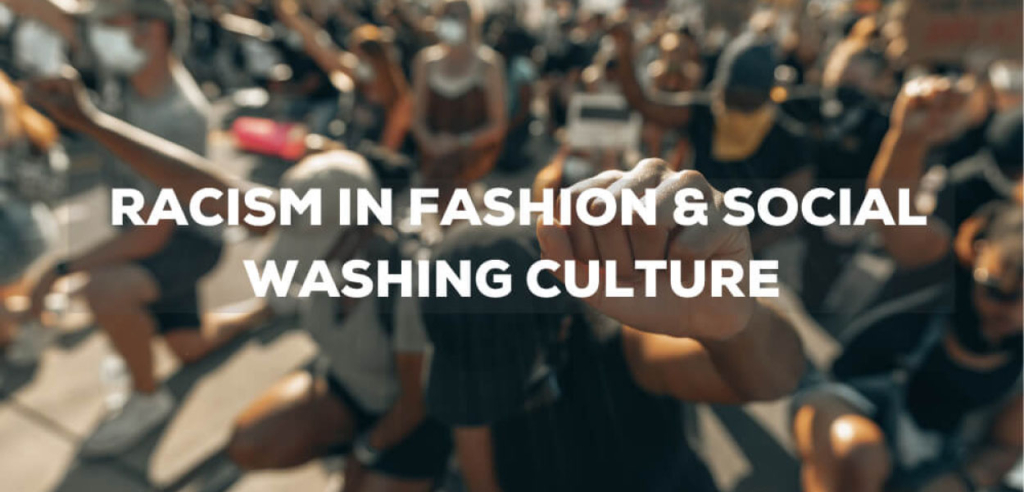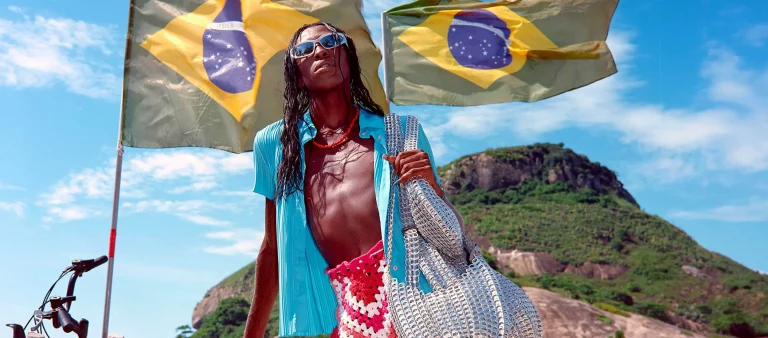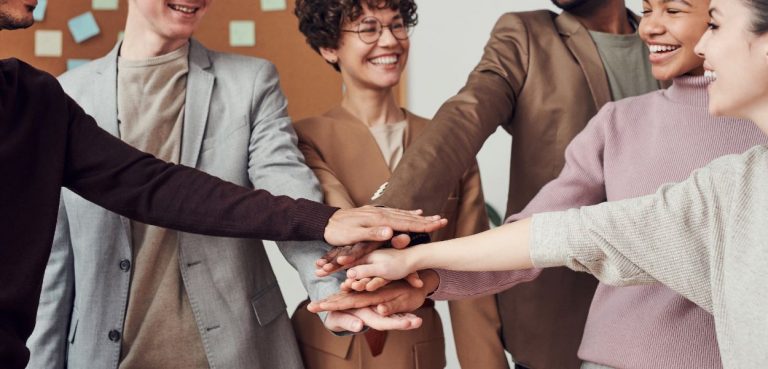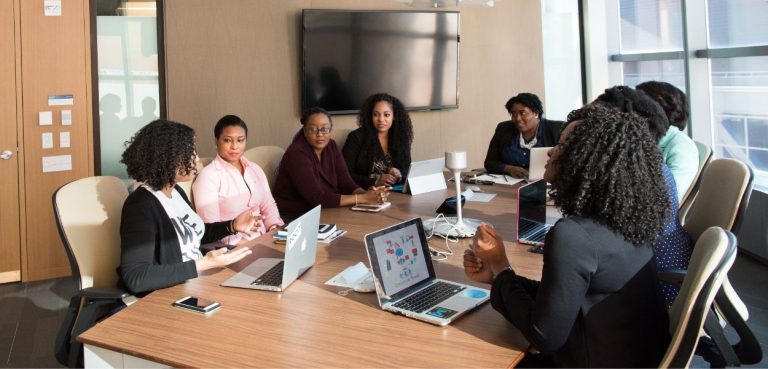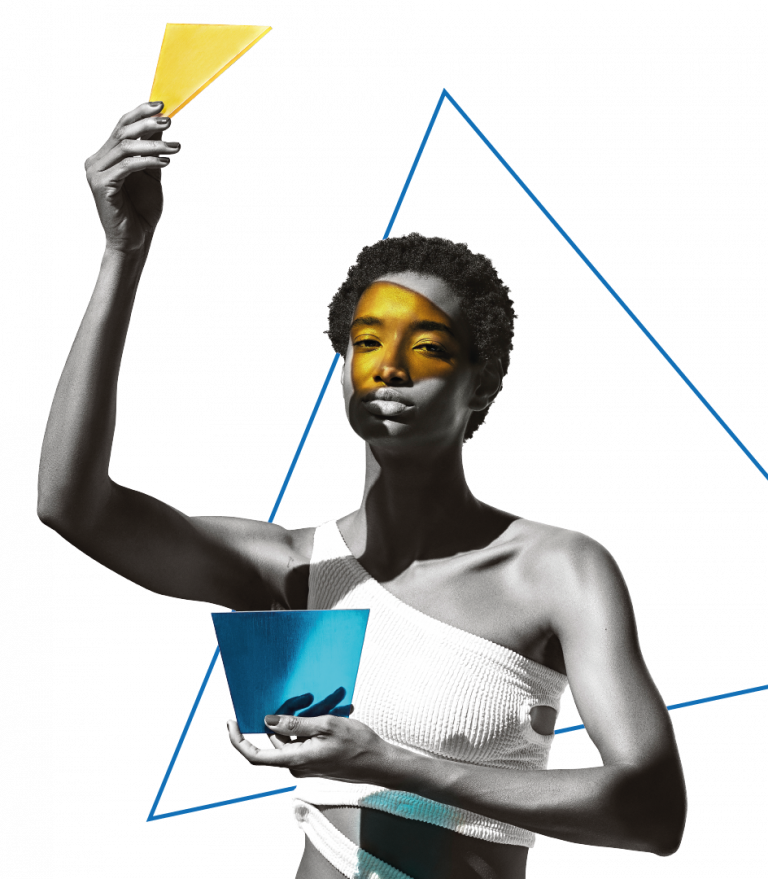Racism in fashion and as well as in other spheres of society is, finally, being more discussed, mostly after the murder of George Floyd and the rise of the #BlackLivesMatter movement. Non-inclusive policies and discriminatory attitudes are no longer acceptable. Black/African people, all around the world, are demanding to be heard and respected.
We had the honor to talk with Verneda Adele White, founder of Human Intonation, writer, executive producer, and empowered woman, proud of her skin color and origins. She pointed out some brilliant, important, but scary situations that will need to keep on the agenda.
According to White, we have to leave our eyes open when facing some beautiful, but often commercial, speeches. Behind the beautiful words that apparently defend inclusivity, it’s common to come across a completely different situation behind the curtains. With that, those words become vague and meaningless.
Racism in Fashion: What is Systemic Racism?
Last October, White wrote an article for The Daily Beast about when she experienced systemic racism at one of the USA’s most prestigious magazines. She said that even with the company’s beneficent events, fashion photoshoots, and public speeches against racism and exclusion, backstage “the virtually all-white full-time staff, contractors, and suppliers are perpetuated by biased recruitment, hiring, and procurement processes that suppress opportunities for Black/African American people.” Along with that, in every new spot on the company, mainly, white candidates were hired. Also, in high positions, you could only find white people.
How Everything Started
It all started when her company was hired for some events in which she was the only black person on the project. After working with them for a few years, she tried to apply for a leadership position. White tells the whole story in her text with important details I suggest you be aware of. But, to sum it up, after months of waiting for an answer and always reaching out and showing she was interested, they said the spot was already filled.
The writer complements how “systemic recruitment and procurement practices [routinely] exclude or ignore qualified Black applicants, while effectively prioritizing the maintenance of a homogenous, white-centric organizational culture”. In her words, “Without the eradication of its systemic practices internally, Town & Country’s outward championing of racial equity—and the public promotion of Black [fashion] talent, contributors, and influencers—is nothing more than a well-crafted, exploitive marketing strategy with no commitment or actionable investment in the Black/African American community”.
Unfortunately, White’s story is just a tiny example of what black people, and also people of other races, have to deal with daily around the world. Systemic racism also called structural or institutional racism, is when cultural institutions and systems reflect that individual racism.
Systemic Racism is present in different areas of our society. Some races that are historically marginalized struggle with some serious issues. Such as the wealth gap, to find a job – even when qualified, on Government Surveillance, on incarceration, on infant mortality, and much more. The list doesn’t end here.
The Social Washing Culture: What’s Behind the Beautiful Speeches
Social Washing is definitely an ongoing problem. People are not accepting brands and companies that don’t embrace diversity and inclusion. So, to keep selling, those institutions adopt a speech that behind it’s just focused on profiting.
Social Washing is when companies are on social media, in front of an audience, or even through a capsule collection that appropriates speeches on diversity and inclusion. On the other hand, those values are not actually in their policy. In practice, these institutions don’t have black people in high positions. Or else, they prioritize white candidates for a job opportunity, even when there is another candidate of color with more experience.
Nowadays, being inclusive is hype, trendy, and that’s what sells. But, this is not what consumers are demanding. They are asking for real change. They want to see and buy from brands that are actually doing something. In other words, identify with brands that are inclusive and have a plural team that is respected. Not just beautiful words. Actual attitude!
Racism in Fashion
During our conversation, White said that the fashion industry reflects society. That means racism is at the roots, along with the historical marginalization of people of color. Racism runs at the very core of the Fashion Industry from the exploration of black and brown people, to the lack of black models on catwalks. Now, people are realizing that this is no longer acceptable.
Fast Fashion companies are largely responsible for the exploitation of clothing workers. Once some brands focus only on maximizing their profits, their production model doesn’t provide the minimal working conditions needed. As Kalkidan Legesse stated, the economic exploitation of the industry relies upon a legacy of colonialism. “From the 1500s until the middle of the 20th century, European imperialism was a way to create extractive states and oppress non-white people”.
The awakening
The George Floyd tragedy has become a milestone. It means that, from now on, intolerance, racism, and inclusion are no longer tolerated. The racial equity movement has been growing, changes have started to happen. Even though, there is still a long way to go. People of color are fighting for their rights and are, now, being more heard.
Today, due to awareness, workers are denouncing racist practices within corporations that have long perpetuated racist and exclusionary actions. Naomi Campbell, for example, talked about the racist experience she suffered in the industry. Through discussions and experiences exchanges, people of color around the world are taking the lead and standing by their rights and beliefs.
How to Fight Against Racism in Fashion?
The first step to fighting racism is understanding that everyone deserves respect. Equity must be the base of every type of relationship. But, because of the historical gap and white supremacy, it may seem difficult to make people understand it, but not impossible.
So, what can we do to fight against racism in the fashion industry? Here are a few things to start out with.
- With information and by educating our community we can awake the change sparkle in people’s hearts. Also, make them understand the reality and why it’s important to have everyone along in this movement;
- Equity is essential for understanding how to empower people of color in order to give them the same opportunities. Along with that, understanding the discrepancy that historical issues brought to the trajectory of people of color;
- Demand diversity and inclusion from brands. Go along with the movement #WhoMadeMyClothers. That means to ask for transparency on the supply chain, production process, and also on the companies staff;
- If you are a company owner, don’t forget to give all the information to your consumers. Show your brand’s value, who is behind the brand and, what’s more, don’t just use words. Do it! Be inclusive. Be diverse. Beautiful words demand real actions;
- Understand your place of speech and your privileges. Place of speech is a term that the Brazilian philosopher Djamila Ribeiro created. It lives up to the respect that people need to give to those who have been historically silenced. That is, to understand your place in society; when are your moments to speak, and also when you should stop to listen. Listening to the demand of the other, about the struggles that do not belong to you. Along with that, understand the problems that others face, but that you do not.
Brands That Are Example in Real Inclusivity and Diversity
Why not get inspired by brands that rock when it comes to inclusivity and diversity? Here are a few of the amazing brands out there that are role models.
- Dove – With the slogan “Let’s change beauty”, Dove is a brand of personal care products belonging to the Unilever company. The brand has products such as shampoos, conditioners, and moisturizers. They are certified as cruelty-free by PETA. They, also, promote inclusion campaigns, as well as have people of all colors in their team;
- Fenty – Rihanna’s brand is one of the biggest examples when it comes to inclusivity. They offer cosmetic products for all skin types and colors. The range of colors of the Fenty bases is incredible. It meets and respects the plurality of skin tones that we have out there. Also, their lingerie line Savage x Fenty focus on empowering women, no matter what size or skin color they are;
- Hanifa – Their production clothes enhance the beauty and curves of all women. With varying sizes, ranging from 0 – 20, the brand provides luxury pieces with futuristic fashion shows that blow everyone’s mind.
Another lack in the fashion industry is when it comes to representativeness. Check out our article about that!
